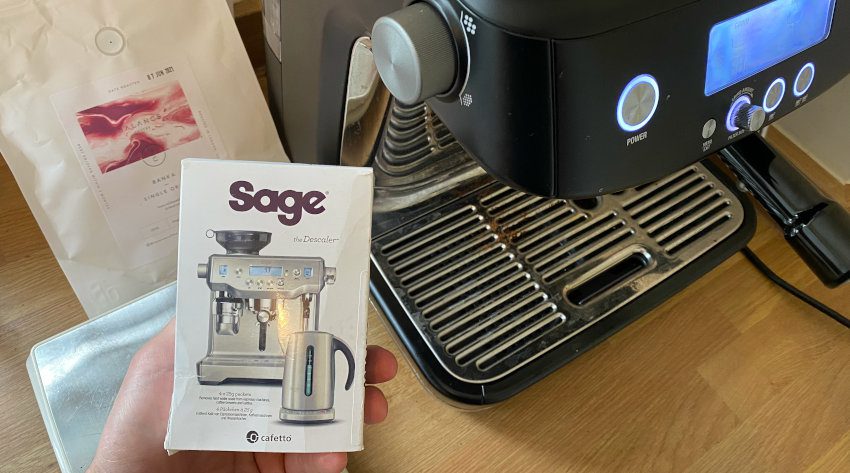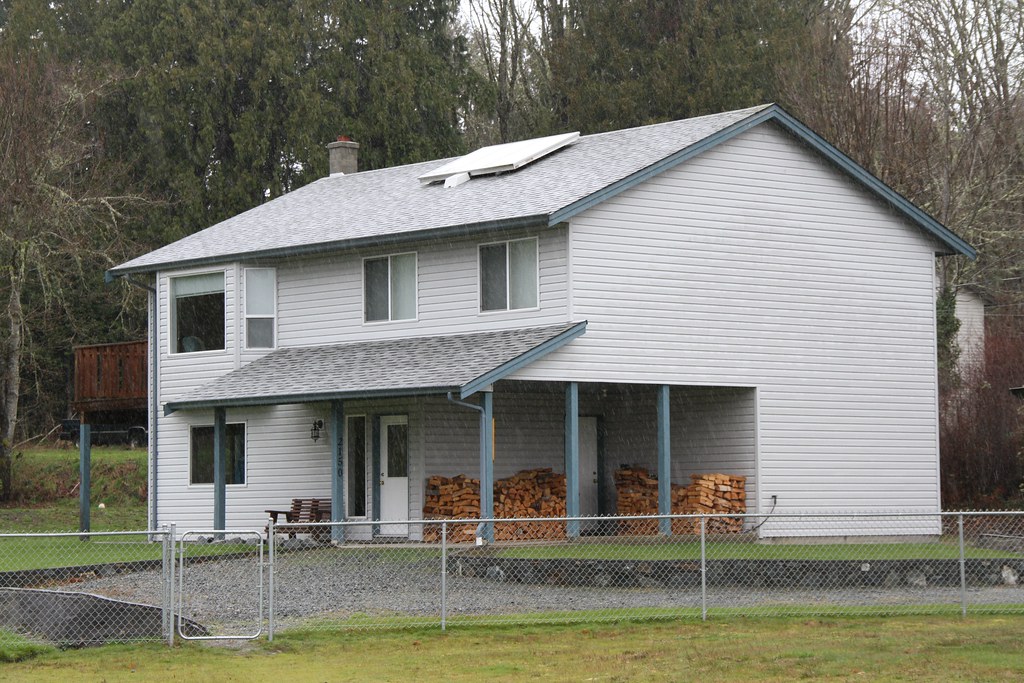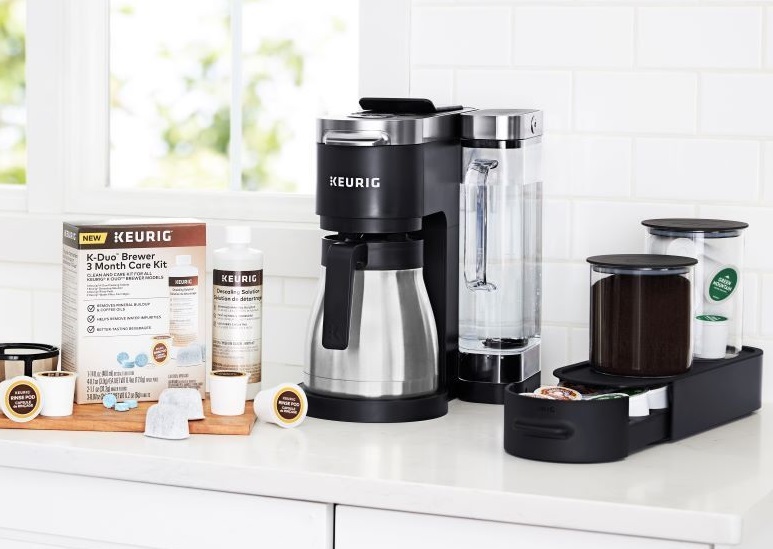Troubleshooting Common Water Softener Issues: Quick Fixes for Homeowners
Purchasing products via the links in our article may result in us earning a commission, but rest assured, this does not influence our editorial independence.
If you’re a homeowner, you understand the importance of having a well-functioning water softener. However, like any other appliance, water softeners can encounter issues that affect their performance.
Understanding how to troubleshoot and resolve common water softener problems is crucial for maintaining a steady supply of soft water in your home.
In this guide, we’ll explore the most prevalent water softener issues and provide quick fixes for homeowners to address these issues effectively.
I. Introduction
A. Brief Explanation of the Importance of Water Softeners
Water softeners play a vital role in removing minerals like calcium and magnesium from hard water, ensuring that your household appliances, plumbing, and clothing are not negatively impacted by mineral buildup.
B. Overview of Common Issues Homeowners May Encounter with Water Softeners
Despite their benefits, water softeners can experience various issues such as low water pressure, salt bridging, resin fouling, excessive water consumption, salt mushing, and electrical malfunctions.
C. Importance of Regular Maintenance and Troubleshooting for Optimal Performance
Regular maintenance and troubleshooting are essential to keep your water softener functioning efficiently and to extend its lifespan. By addressing issues promptly, you can avoid costly repairs and ensure a continuous supply of soft water in your home.
II. Understanding Water Softeners
A. Explanation of How Water Softeners Work
Water softeners function by replacing calcium and magnesium ions with sodium ions through a process called ion exchange, effectively softening the water.
B. Types of Water Softeners
There are various types of water softeners, including salt-based, salt-free, dual-tank, and magnetic water softeners. Each type has its unique features and maintenance requirements.
C. Importance of Proper Installation and Setup
Proper installation and setup are crucial for the optimal performance of water softeners. It’s essential to follow the manufacturer’s guidelines and ensure that the softener is installed in the right location with the correct settings.
III. Common Water Softener Issues
A. Low Water Pressure
- Causes of Low Water Pressure in Water Softeners
Low water pressure in water softeners can be caused by clogged resin, a malfunctioning control valve, or inadequate water flow.
-
Steps to Troubleshoot and Resolve Low Water Pressure Issues
-
Check for any blockages in the inlet and outlet of the softener.
- Inspect the control valve for any damage or wear and tear.
- Ensure that the bypass valve is in the correct position.
B. Salt Bridging
- Explanation of Salt Bridging and Its Impact on Water Softener Function
Salt bridging occurs when a hard crust forms above the salt in the brine tank, inhibiting the proper regeneration of the resin beads.
-
Methods to Identify and Address Salt Bridging in the Brine Tank
-
Gently tap the side of the brine tank to detect if a hard crust has formed.
- Use a broom handle or a long object to carefully break up the salt bridge without damaging the tank.
C. Resin Fouling
- Understanding Resin Fouling and Its Effects on Water Softener Performance
Resin fouling happens when the resin beads become coated with contaminants, reducing their ability to soften water effectively.
-
Steps to Clean and Maintain the Resin Bed for Optimal Function
-
Perform a resin bed cleaning cycle using a specialized resin cleaner.
- Regularly add resin cleaning solutions to prevent fouling.
D. Excessive Water Consumption
- Reasons for High Water Usage in Water Softeners
Excessive water consumption can be attributed to frequent regeneration cycles, leaks, or inefficient settings.
-
Tips for Reducing Water Consumption and Improving Efficiency
-
Adjust the regeneration frequency based on water usage patterns.
- Inspect the system for any leaks and repair them promptly.
E. Salt Mushing
- Definition and Consequences of Salt Mushing in Water Softeners
Salt mushing occurs when the salt forms a sludge at the bottom of the brine tank, impeding the brine production process.
-
Techniques to Prevent and Resolve Salt Mushing Issues
-
Use high-quality salt pellets to minimize mushing.
- Regularly clean the brine tank to prevent salt buildup.
F. Electrical Malfunctions
- Common Electrical Problems in Water Softeners
Electrical malfunctions can include issues with the timer, motor, or power supply, leading to irregular regeneration cycles.
-
Safety Precautions and Troubleshooting Steps for Electrical Issues
-
Always disconnect the power supply before inspecting or repairing electrical components.
- Check the wiring and connections for any signs of damage or corrosion.
IV. Quick Fixes for Homeowners
A. Step-by-Step Guide for Checking and Adjusting Water Softener Settings
Properly adjusting the settings of your water softener can significantly improve its performance and efficiency.
B. Tips for Cleaning and Maintaining Water Softener Components
Regular cleaning and maintenance of the brine tank, resin bed, and control valve are essential for preventing common issues.
C. Importance of Regular Regeneration and Salt Replenishment
Regular regeneration and adding salt to the brine tank are critical for ensuring that the water softener operates effectively.
D. Utilizing Manufacturer’s Manual for Troubleshooting Specific Issues
The manufacturer’s manual provides valuable insights into diagnosing and resolving specific problems with your water softener.
E. When to Seek Professional Help and Maintenance Services
If you encounter complex issues or are unsure about troubleshooting certain problems, it’s advisable to seek professional assistance to avoid further damage to the system.
V. FAQs
A. How Often Should I Add Salt to My Water Softener?
Regularly check the salt level and add salt to the brine tank as needed, typically every 2-3 months, depending on usage.
B. What Are the Signs That My Water Softener Needs Maintenance?
Signs include decreased water softening efficiency, salt bridging, resin fouling, and unusual noises during the regeneration cycle.
C. Can I Use Alternative Salts in My Water Softener?
It’s best to use the salt recommended by the manufacturer to prevent potential damage to the water softener.
D. How Do I Know If My Water Softener Is Working Properly?
You can test the water for hardness using a water hardness test kit to ensure that the softener is effectively reducing mineral content.
E. What Are the Potential Health Risks Associated with Water Softeners?
When used as directed, water softeners pose no significant health risks. However, individuals on a sodium-restricted diet should consult a healthcare professional.
VI. Conclusion
A. Recap of the Importance of Troubleshooting Common Water Softener Issues
Proactively addressing common water softener issues is crucial for maintaining a reliable supply of soft water in your home.
B. Encouragement for Homeowners to Proactively Maintain Their Water Softeners
Regular maintenance and prompt troubleshooting can prevent major malfunctions and extend the lifespan of your water softener.
C. Final Tips for Ensuring Long-Term Functionality and Efficiency of Water Softeners
By following the provided quick fixes and maintenance tips, homeowners can ensure that their water softeners continue to operate optimally for years to come.
For more information on water softeners, check out the following resources:
– Descaler vs. Water Softener
– Tankless Water Heaters: Descaler vs. Vinegar
– Hard Water vs. Soft Water
– What Does Hard Water Do to Your Hair?
– Best Water Softener
– Water Hardness in My Area and by Zip Code
Remember, a well-maintained water softener leads to better water quality and extends the life of your appliances. Happy troubleshooting!
Michael Smith
Michael Smith is a chemical engineer who specializes in water treatment and descaling solutions. He has a wealth of knowledge on the science behind descaling and the various methods and products available. He is dedicated to educating others on the importance of descaling and maintaining their appliances through his blog, Descaler Genius.




